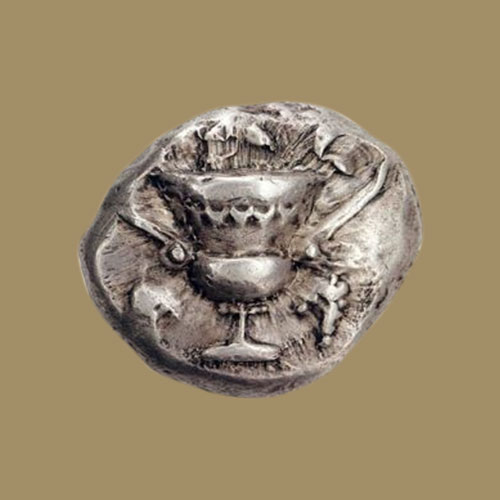Coin Collectors in a Dilemma to Classify Ancient, Medieval and Modern Coins
2017-12-26 Tue
The classification of cultures looks at two things: chronological and geographical features. Since centuries collectors have struggled with the lack of a coherent system for cataloging ancient coins and the vast array of issues from antiquity through the modern era. However, Joseph Eckhel, a numismatist to the imperial court of the Holy Roman Empire, created a system for arranging coins geographically.Chronologically, the primary divisions of coinage are almost universally accepted as being Ancient, Medieval and Modern. In the United States, collectors have this habit of separating U.S. coins from other modern coins of the world. Coins in the West were first struck in Western Anatolia during the 7th century BC. The transition point between ancient and medieval is more difficult to date.
There are few who’d argue that the end of the ancient period is coincident with the fall of Rome in AD 476. However, everyone, who collects Byzantine coins, thinks that they’ve got their hands on ancient coins, even though they start with the accession of Anastasius and end in 1453 with the fall of Constantinople.
Likewise, coins struck in India and Central Asia are typically thought of as ancient up to the Islamic conquests.
Coins of the post-Roman era in western Europe from as early as the sixth century AD are thought of by many as ‘Medieval”.
In fact, by the time of Constantinople’s fall, some coinage in western Europe is already being thought of by collectors and scholars as falling into the “Modern” or “World” classification.
Latest News
-
Mahatma
2024-04-25 ThuIndia Post issued a commemorative postage stamp on #LalaHansraj, also known as Mahatma Hansraj for�...
-
Berar Mint of Muhammad Akbar
2024-04-25 ThuBerar was a kingdom located in the Deccan region, with Elichpur as its capital. It was one of the Su...
-
Janma Kalnayak of Bhagwan Mahavir
2024-04-24 WedOn 21st April 2024 which was the 2550th Janma Kalnyanak of Bhagwan Mahavir Swami, PM Modi unveile...
-
Gold Pagoda of Vijaynagar Empire King Deva Raya I
2024-04-10 WedKing Deva Raya I of the Vijayanagara Empire was a patron of Kannada literature and architecture. He ...
-
Silver Denarius of Septimus Severus
2024-04-05 FriLucius Septimius Severus served as the Roman emperor from 193 to 211 AD. Severus sat on the throne o...

